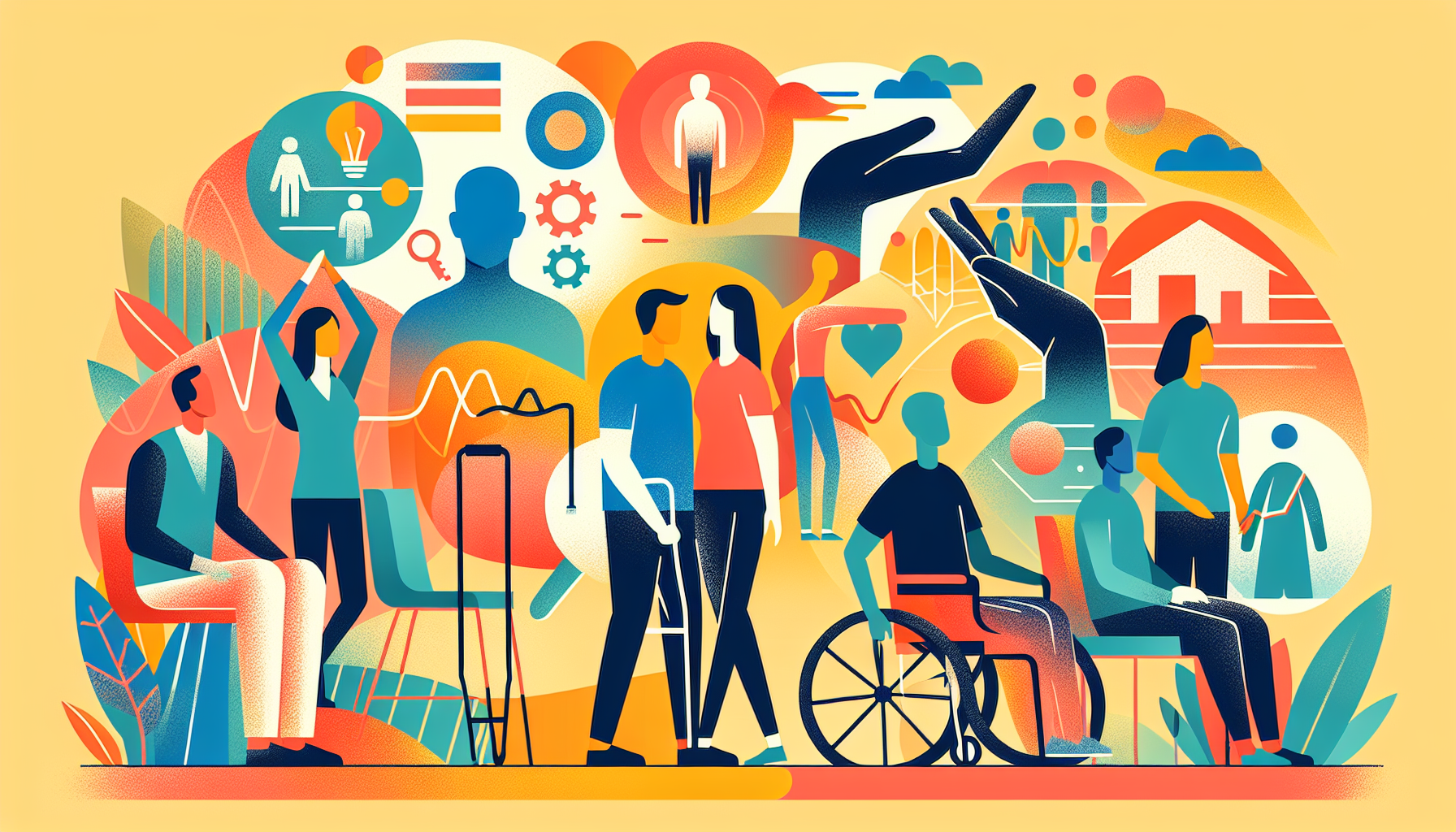Tirzepatide for Sleep Apnea - Can It Help?
Understanding Sleep Apnea and Its ChallengesSleep apnea is a common yet serious sleep disorder characterized by repeated interruptions in breathing during sleep. These pauses [...]
Read More
Medically reviewed by Abhijit Bhattacharyya | MD, PhD, MBA, Tufts University School of Medicine - Miami, Florida on April 14th, 2024.
Muscular dystrophy (MD) is a group of inherited diseases that cause progressive weakness in the muscles that control movement, known as voluntary muscles. In some forms of MD, the heart and other organs may also be affected. There are nine major types of muscular dystrophy, each with its own unique characteristics and symptoms.
The symptoms of muscular dystrophy vary depending on the specific type. Some common symptoms include:
Progressive muscle weakness and wasting
Difficulty walking, running, or climbing stairs
Frequent falls
Muscle stiffness and cramping
Breathing difficulties
Heart problems
The age at which symptoms appear and the severity of the disease also vary among the different types of muscular dystrophy.

Muscular dystrophy is caused by defects in certain genes responsible for producing proteins that are essential for healthy muscle function. The type of muscular dystrophy is determined by the specific gene that is affected. Most forms of MD are inherited in an X-linked pattern, meaning that the defective gene is carried on the X chromosome and passed down from mother to son.
Diagnosing muscular dystrophy involves a combination of physical examination, medical history, and various tests. Some common diagnostic tests include:
Muscle biopsy
Genetic (DNA) testing
Neurological tests, such as electromyography (EMG)
Enzyme tests
Heart monitoring
Imaging tests, such as MRI or ultrasound
While there is no cure for muscular dystrophy, various treatments can help manage symptoms and improve quality of life. Treatment options may include:
Medications, such as steroids, anticonvulsants, and immunosuppressants
Physical therapy to maintain joint flexibility and muscle strength
Respiratory care to support breathing
Mobility and positioning aids, such as braces, walkers, or wheelchairs
Speech therapy to improve communication skills
Surgery to manage complications, such as scoliosis or heart problems
It is essential for individuals with muscular dystrophy to work closely with a multidisciplinary healthcare team to develop a comprehensive treatment plan tailored to their specific needs.
Living with muscular dystrophy can be challenging, but there are many resources and support systems available to help individuals and their families cope with the disease. Some helpful strategies include:
Joining a support group or connecting with others who have muscular dystrophy
Adapting the home environment to improve accessibility and safety
Engaging in accessible recreational activities and hobbies
Seeking counseling or therapy to address emotional and psychological needs
By staying informed, working with healthcare professionals, and accessing available resources, individuals with muscular dystrophy can lead fulfilling lives and maintain the best possible quality of life.
For more information on muscular dystrophy, visit the following reputable sources:
Understanding Sleep Apnea and Its ChallengesSleep apnea is a common yet serious sleep disorder characterized by repeated interruptions in breathing during sleep. These pauses [...]
Read MoreHeart attacks are often perceived as a predominantly male health issue, but the reality is that heart disease is the leading cause of death for women worldwide. Recognizing [...]
Read MoreTelehealth has transformed the way patients access healthcare, offering convenience, speed, and accessibility that traditional in-person visits often cannot match. With the [...]
Read More